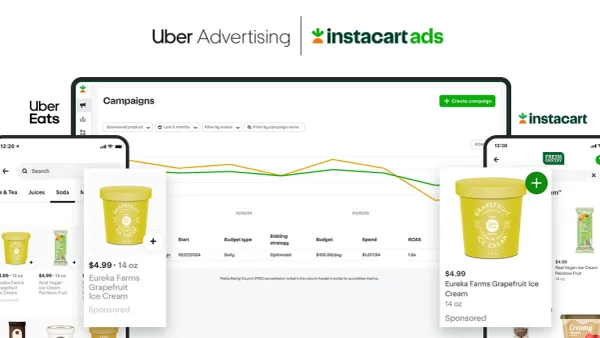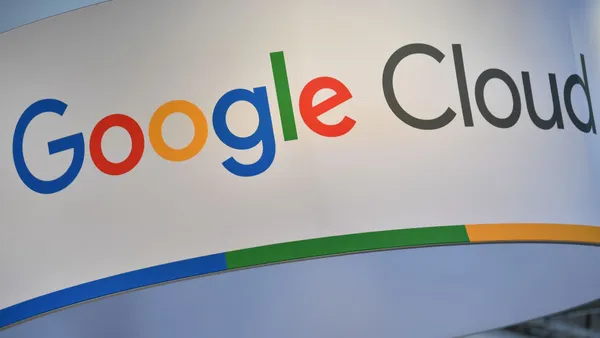Dive Brief:
- Despite the easing of pandemic-related restrictions, at-home alcohol consumption is here to stay for now, largely due to the expansion in pre-mixed and ready-to-drink (RTD) cocktail options, according to a new study by IRI.
- Despite record-high inflation and supply chain woes, alcohol price increases have remained relatively stable when compared to other CPG categories. However, labor shortages, slimming menus and price increases have negatively impacted the recovery of on-premise consumption.
- In addition to the strong growth seen by RTD cocktails, “better-for-you” and alternative alcohol products also saw considerable increases. Increased spending on premium and super premium products drove growth despite economic concerns, according to the report.
Dive Insight:
In an example of a change in behavior driven by the pandemic with an enduring impact, canned cocktails, which rose in popularity during quarantine, continue to drive industry growth despite the reopening of bars and restaurants, per IRI’s research. Other factors driving consumption trends consumers indulging in premium alcohol and a desire for “better-for-you” alcohol drinks as they look to create entertaining experiences at home.
The COVID-19 pandemic forced a dramatic shift in consumer behavior on many fronts, including the avoidance of bars in favor of having a cocktail at home. For the most part, it’s still not clear which changes will endure, in part because of a sense of uncertainty driven by new variants, even as there’s a broad push towards a return to pre-pandemic normalcy. However, IRI’s research suggests at-home drinking has retained it’s appeal for consumers.
One reason could be that, during a period of significant inflation, the alcohol industry seems to have largely avoided runaway price increases. The price of RTD cocktails rose 4.7% over the past two years, beer rose 1.9%, wine rose just 1.1% while the price of spirits decreased 0.6%. Those increases are far below the increases seen with carbonated soft drinks, which rose 10% over the same period, and energy drinks, which rose 8.3%.
“Consumption trends continue to fluctuate with the impact of supply chain challenges and rising inflation, but opportunities for growth remain,” said Scott Scanlon, executive vice president of the Beverage Alcohol Vertical, IRI in a press release. “Consumers are looking to indulge and create entertaining experiences at home, and retailers should emphasize premium products and products with unique attributes in this space.”
While consumers seek ways to make a dollar go further in many areas, alcoholic beverages do not seem to be one of them. In the past 52 weeks, premium beer accounted for 34.8% of all beer sales, compared to 31.3% two years ago. Value beer made up 50.9% of sales, down from 54.7% two years ago. Premium wine also saw a bump, increasing from 21.5% of sales two years ago to 24.2% in the past 52 weeks.
Consumer emphasis on wellness and health have also greatly affected habits, with “better-for-you” alcoholic alternatives seeing a 20.1% increase in sales from 2021 to 2022. Low and no alcohol offerings saw a 6% increase in that same time period.
On-premise alcoholic beverage sales are on a slow road to recovery. During the first quarter of 2019, on-premise alcoholic beverage sales totaled $193,100. In Q1 2022, that number fell to $145,200. That is still an improvement over Q1 2021, with on-premise sales totaling $127,400. The length and severity of recovery varies dramatically per region — California has seen a 13% increase in on-premise alcohol sales compared to Q1 2020, while the Northeast has seen a 18% decline.















